The past couple of weeks have been all about the details. We’ve been fine-tuning, troubleshooting, mapping stakeholders, and rethinking how all the pieces of our system come together. It’s been a mix of whiteboards, sticky notes, and a lot of collective “a-ha” moments. And now – drumroll – we’ve hit our design freeze milestone.
In this post, we’re excited to walk you through what our proposed system looks like as a whole, and how we’re planning to implement it all the way to 2050. It’s a journey – from concept to reality!
Introducing LIFE
Meet LIFE: Lake Integrated Fortification Ecosystem.
Think of LIFE as a lake’s immune system. Just like how the human body spots invaders and works to neutralize them, LIFE does the same – but for harmful algal blooms (HABs).
It connects with NASA’s satellite system to get a bird’s-eye view of lakes across the state. But it doesn’t stop there. LIFE uses a network of biosensors in the water to monitor the lake in real-time. When it detects conditions ripe for a bloom – or confirms one has already begun – LIFE swings into action: detecting, neutralizing, collecting, and ultimately repurposing.
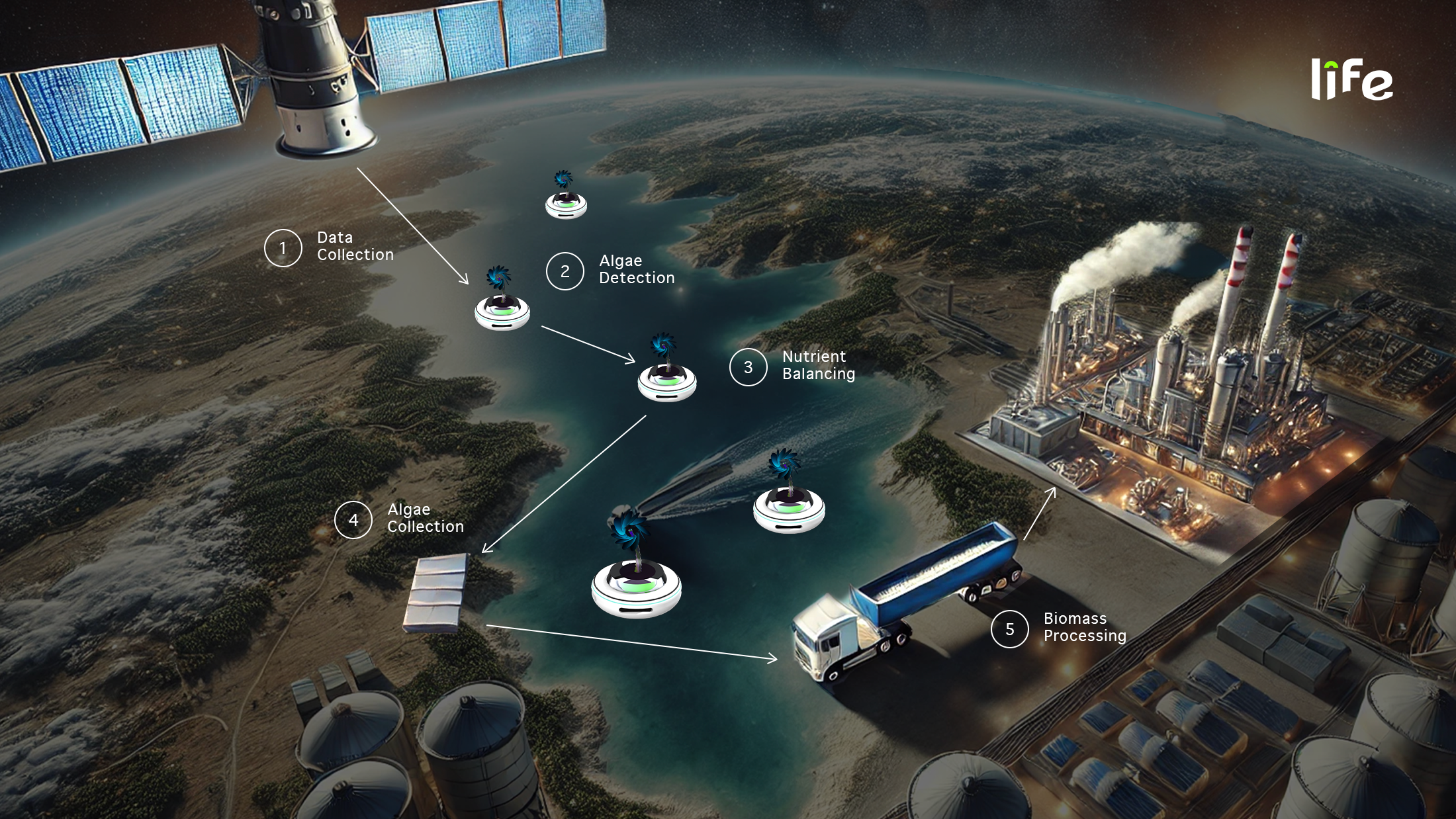
The Heart of the System: CASPER
At the core of LIFE is CASPER (yes, like the friendly ghost, but for algae).
CASPER is a sleek, unassuming little robot that glides through the water like it was born there. It’s packed with biosensors that constantly measure CO₂, nitrogen, phosphates, pH levels, and turbidity – all indicators of possible HAB formation. Once CASPER spots early signs, it switches into neutralization mode.
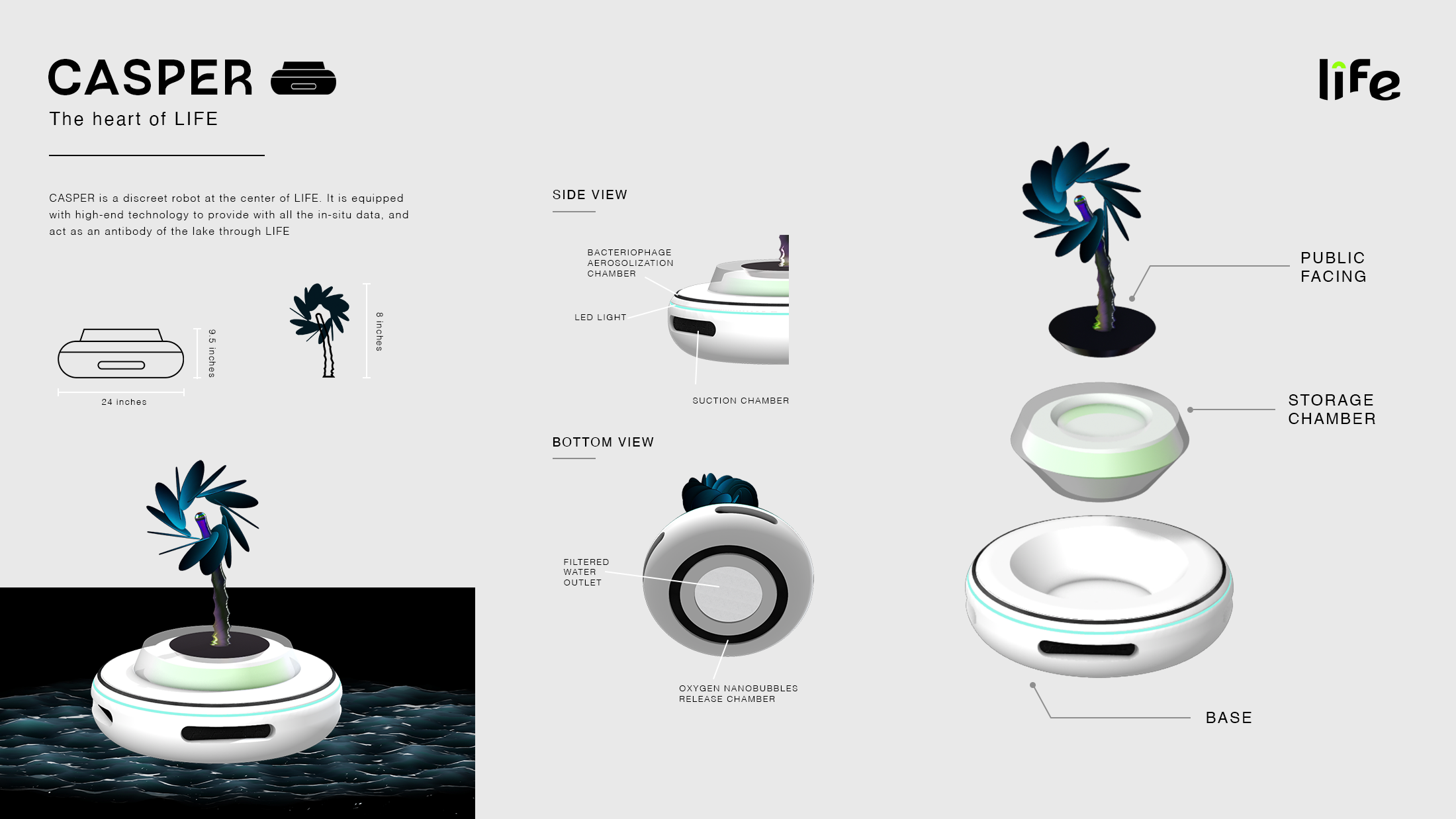
Neutralization Mode: Fighting the Bloom
The cool part? CASPER tailors its response based on how severe the bloom is.
✤ Mild bloom? CASPER deploys oxygen nanobubbles, which latch onto excess nutrients and send them sinking to the lake bed, where they can safely return to the soil ecosystem.
✤ Major bloom? CASPER gets serious. It releases engineered bacteriophages to target and neutralize toxins. Then, it follows up with nanobubbles to trap what’s left. Basically, it cleans up like a pro.
Collection Mode: Clean-Up Crew Activated
Once the bloom is under control, CASPER enters collection mode. It uses suction valves to gather all that algae and stores it in its onboard tanks. When it’s full, CASPER heads to the edge of the lake and transfers the load to a processing unit through a dedicated suction system. It’s smooth, quiet, and efficient – just the way we like it.
From Waste to Power: Battery Components
Here’s where LIFE goes full-circle.
The collected algae is dried, biomass is extracted, and then carbonized to create materials that can be used in battery components. Trash to treasure, quite literally. It’s part of our broader vision for a circular economy – turning an ecological threat into an energy solution.
Mapping the Human Side: Stakeholders
Building something this ambitious meant zooming out and asking: who else is affected, and how?
Through stakeholder mapping framework, we identified everyone from:
✤ Local communities and lake operators
✤ Battery manufacturers and sustainability partners
✤ Tourists and the general public
✤ Even insurance companies with a stake in environmental health

Each stakeholder group had different needs and priorities. And here’s the kicker: it was during this exercise that we realized we needed to build an API to share data with NASA. That data could eventually support better HAB prediction models, helping more communities around the world.
Implementation Roadmap
The proposed timeline for the rollout for the LIFE system spans several decades and can be broken down into 4 key phases.
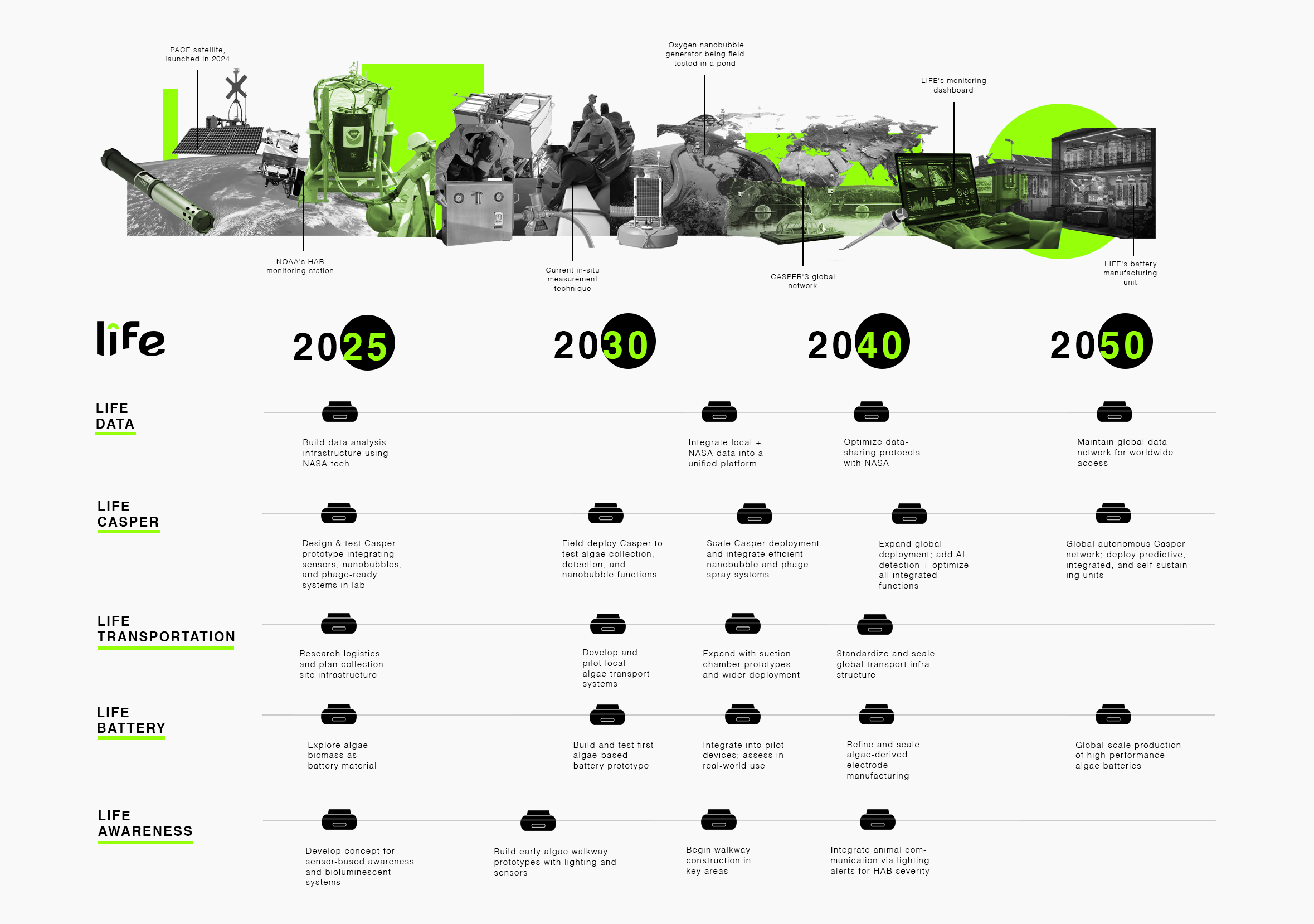
Stay tuned!
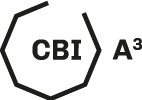
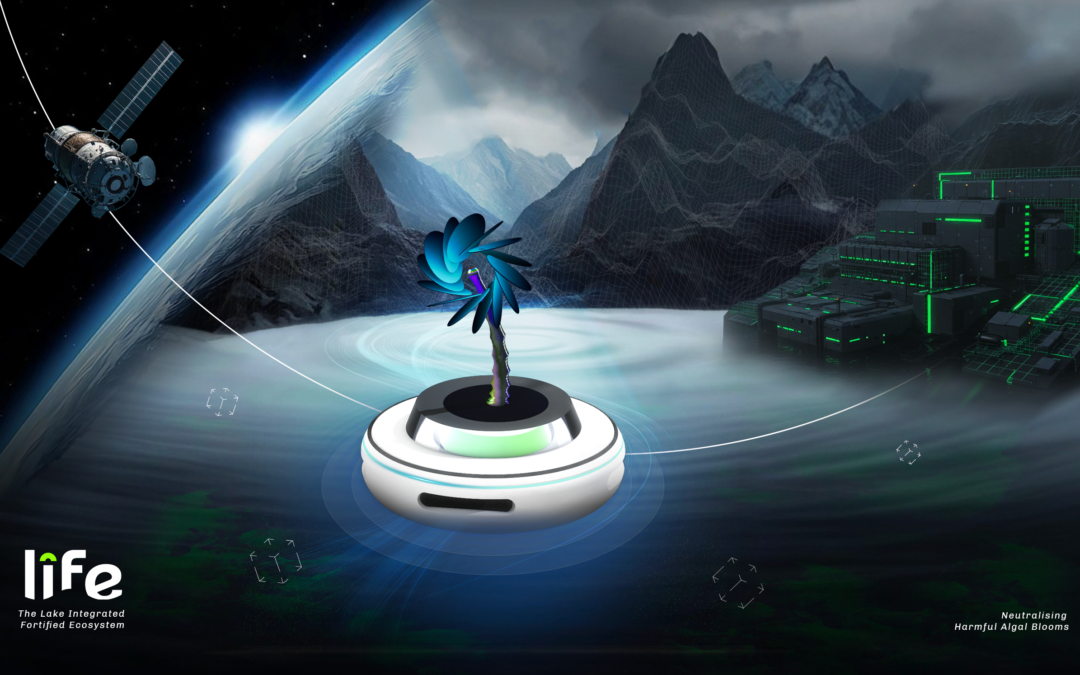

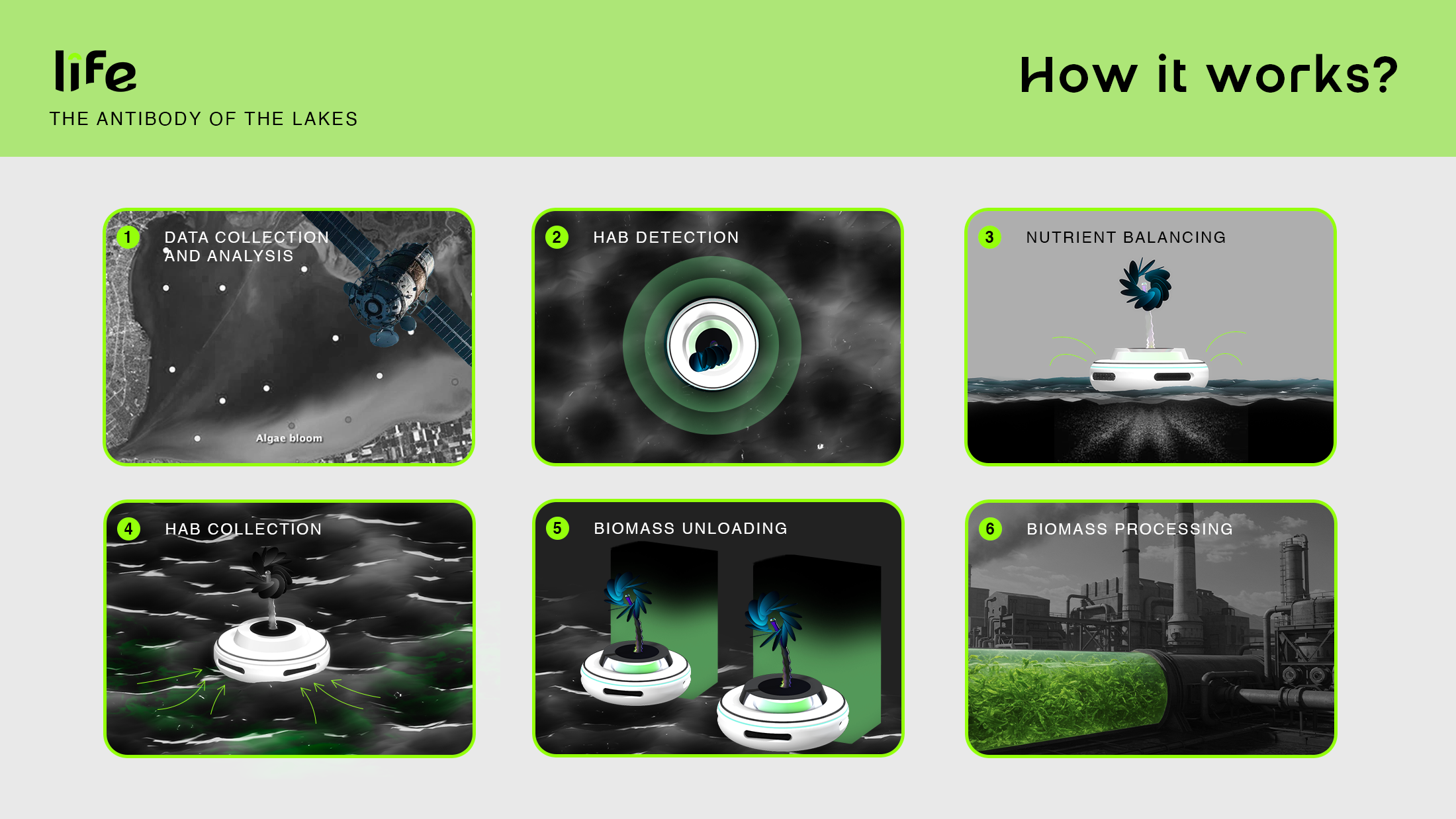
Recent Comments